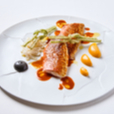
Afternoon Tea is the quintessential British custom that has taken its rightful place as a sophisticated repast around the world. There’s something about those savory sandwiches, decadent sweets, and steaming pot of tea served in the most dainty china. Yet not many of us could be considered experts when it comes to the customs of this 200 year old tradition. Gillian Walnes Perry, lecturer, author, and Afternoon Tea specialist and icon is however extremely acquainted with this beloved English Tradition and the rich history surrounding this delightful daytime ritual.
Gillian Walnes Perry (MBE) is an Afternoon Tea Expert. Her lectures, books, and presentations regarding Afternoon Tea have taken her around the world and into the presence of various world-renowned figures. From HRH The Prince of Wales to United Nations Ambassador and actress Angelina Jolie, Ms. Perry has gained great recognition from her lectures and work.

When asked where her passion for Afternoon Tea stemmed from, Ms. Perry exclaimed that she had “…always been interested in the things that we have taken for granted in our lives”. She began to question where Afternoon Tea originated from and realized that there was a lot to learn. Her research then led her to speaking at various events, such as on cruise ships. “I describe myself now as a writer and social historian”, Perry exclaims. But, before she even began researching, she always had fond memories of Afternoon Tea growing up.
“I remember my mother wearing beautiful tea gowns…very often with floral patterns and with a hat”, Perry reflects. “The highlight of the afternoon was the tea table with cakes and individual bags of chips and wobbly jellies with balloons on the chairs”. Starting at a young age, her love and passion for Afternoon Tea was evident. “It brings those warm feelings” Perry states, that are still felt to this day.
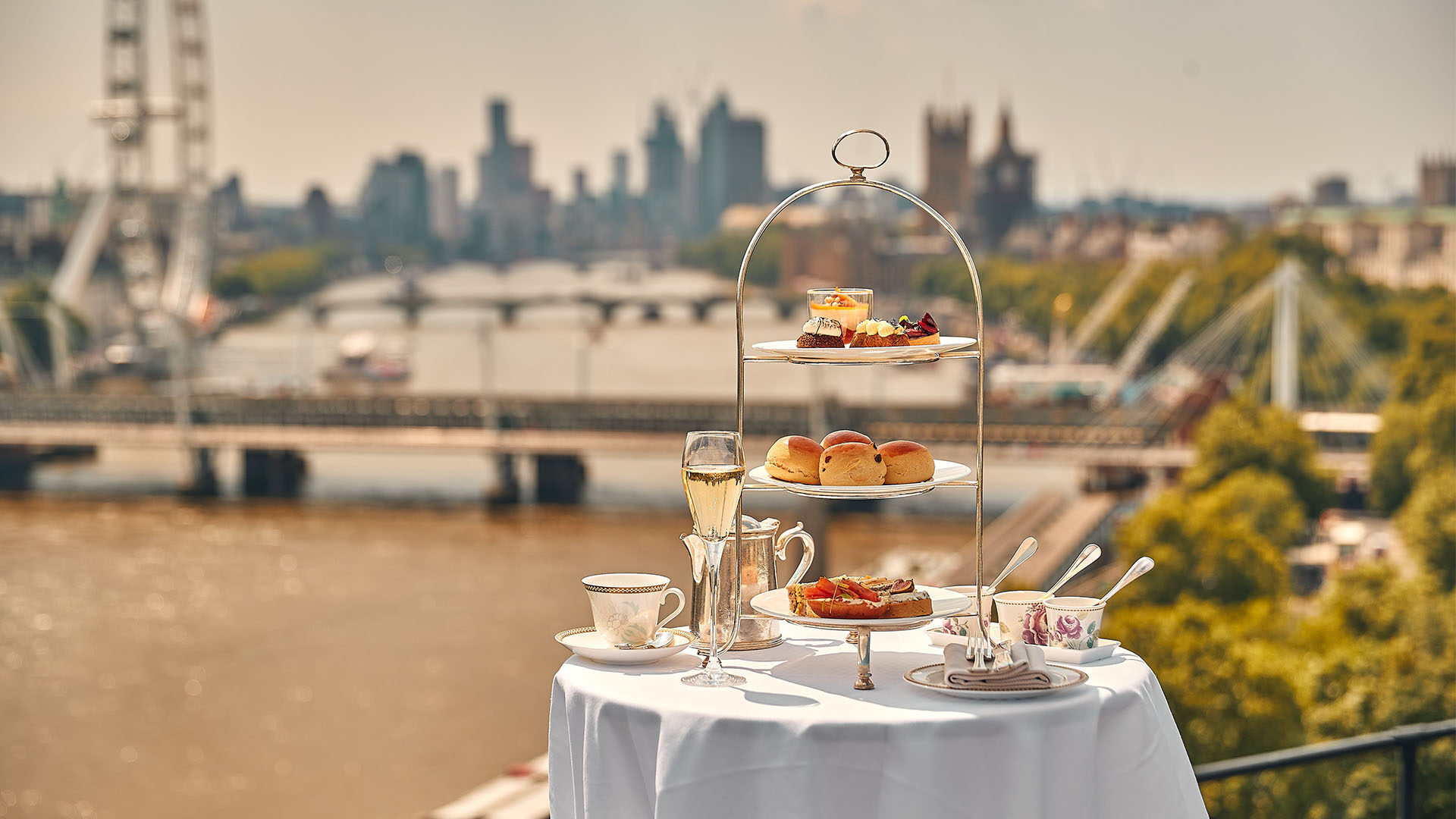
For a little over 200 years, Afternoon Tea has become a time for a nosh with friends and a beloved custom throughout the United Kingdom. Anna, the seventh Duchess of Bedford, was the originator of Afternoon Tea as a way to break up the waiting period between lunch and dinner. However, today we have much more flexibility when it comes to when and what may be included in an Afternoon Tea refreshment.

Ms. Perry exclaims how Afternoon Tea is still around today because it is simply special. While it was a staple in the everyday routines of the aristocracy a few hundred years ago, people still experience Afternoon Tea today because it is an extraordinary treat. “Of course, with our lifestyles now, Brits do not stop as a matter of habit for Afternoon Tea”, she regards, despite what many people believe.
Ultimately Afternoon Tea’s popularity has remained prominent since it is not a part of one’s everyday routine. Afternoon Tea, it is not just a meal, but rather a holistic experience. “Even for us in Britain it is still a real treat. It is something you would do perhaps on Mother’s Day, something you will do on a special birthday or anniversary”. Gillian Perry notes how on a regular day, a mug or tea will do the trick. “That’s why we have special feelings about Afternoon Tea because we don’t do it every day”.
Since Afternoon Tea has become a staple in English customs, it continues to evolve and acquire new traditions. For example, themed tea rooms or presentations have recently gained a lot of popularity. Specifically, Ms. Perry points out how there are tea rooms specifically curated to children and younger audiences, along with presentations that are themed around holidays such as Valentine’s Day. “Chefs are getting very creative in their patisserie ideas to celebrate those ”, she elaborates. “I think how you present your tea is a reflection of the times”.
Although scones and tea might be top of mind regarding Afternoon Tea, there are many more aspects that contribute to this fine meal. Proper etiquette is quintessential for Afternoon Tea and Gillian Perry elaborated on some customs that guests should follow while dining. “You would always divide your scones and put your cream and your jam on one half at a time. Whatever you do, don’t make a scone hamburger!”, she jokes. It is also important to note the difference between High and Afternoon Tea. High Tea originated during the Industrial Revolution and was served as a meal for working class individuals after the workday. Afternoon Tea on the other hand, was more associated with the aristocracy and was a smaller meal that was served around 4 PM.
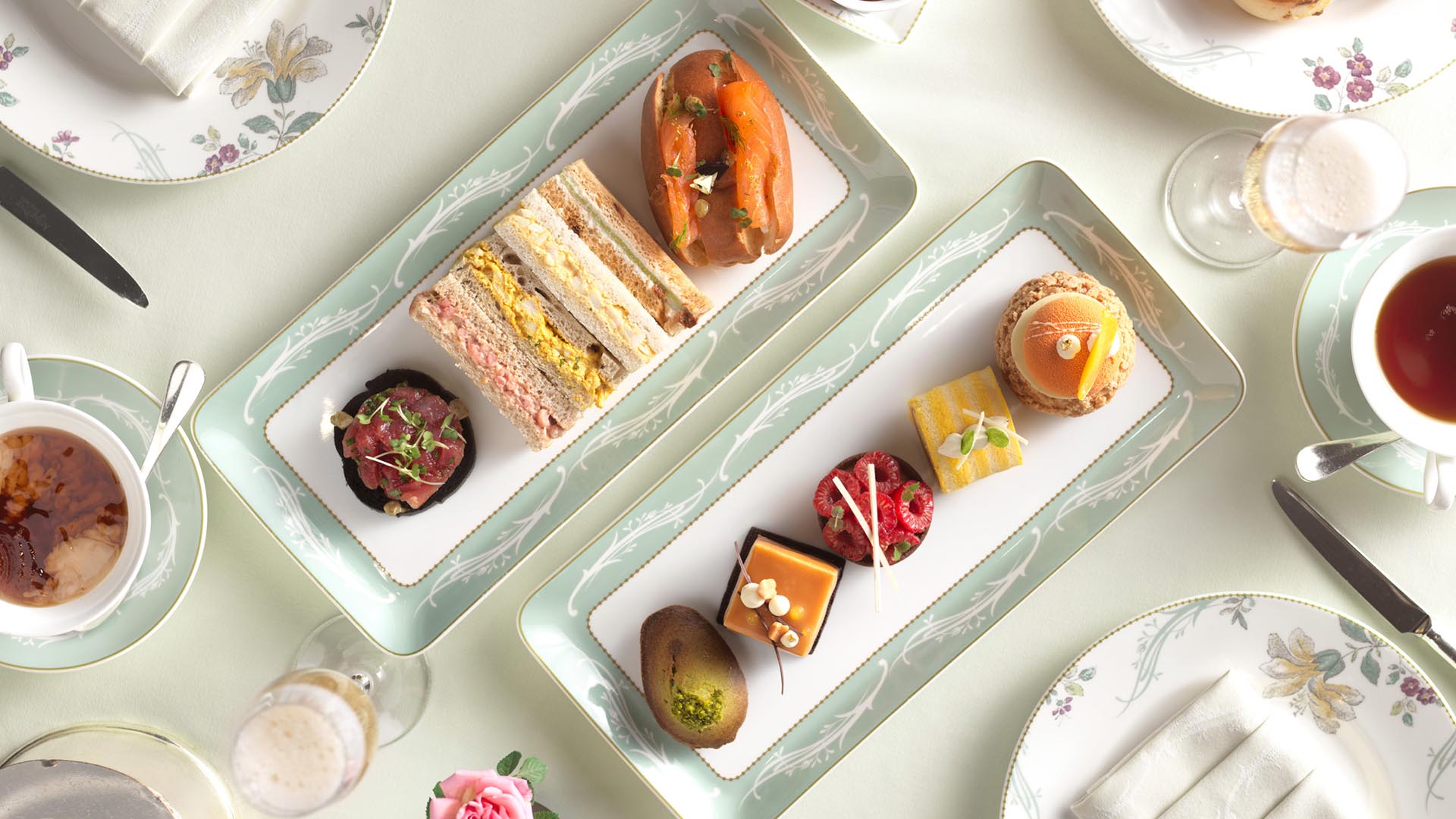
While some may be familiar with customs revolving around English Afternoon Tea, it is also fascinating to note how tea is served around the world. Ms. Perry explains how many countries have their own approach to tea, or tea rooms in general. “There are Vietnamese coffee houses which serve exquisite patisseries” and “In the far East, you’ve got your ancient tea traditions which go back centuries and those are quite rigid in those traditions”. It is important to acknowledge that certain meals, such as Afternoon Tea, can vary around the world depending on customs and traditions.
With many Afternoon Tea rooms located all around the world, it can be hard to choose a favorite. Ms. Perry suggests that one does not always need to search in the largest cities or bustling towns to find a good spot. “It can be just as much fun to find a country tearoom ”. Along with this, Afternoon Tea can be served in a wide array of settings that cater to various types of guests. “As long as things are served delicately, things are served well and efficiently, you are looked after, and you’re with lovely company…” then almost any Afternoon Tea spot will do.
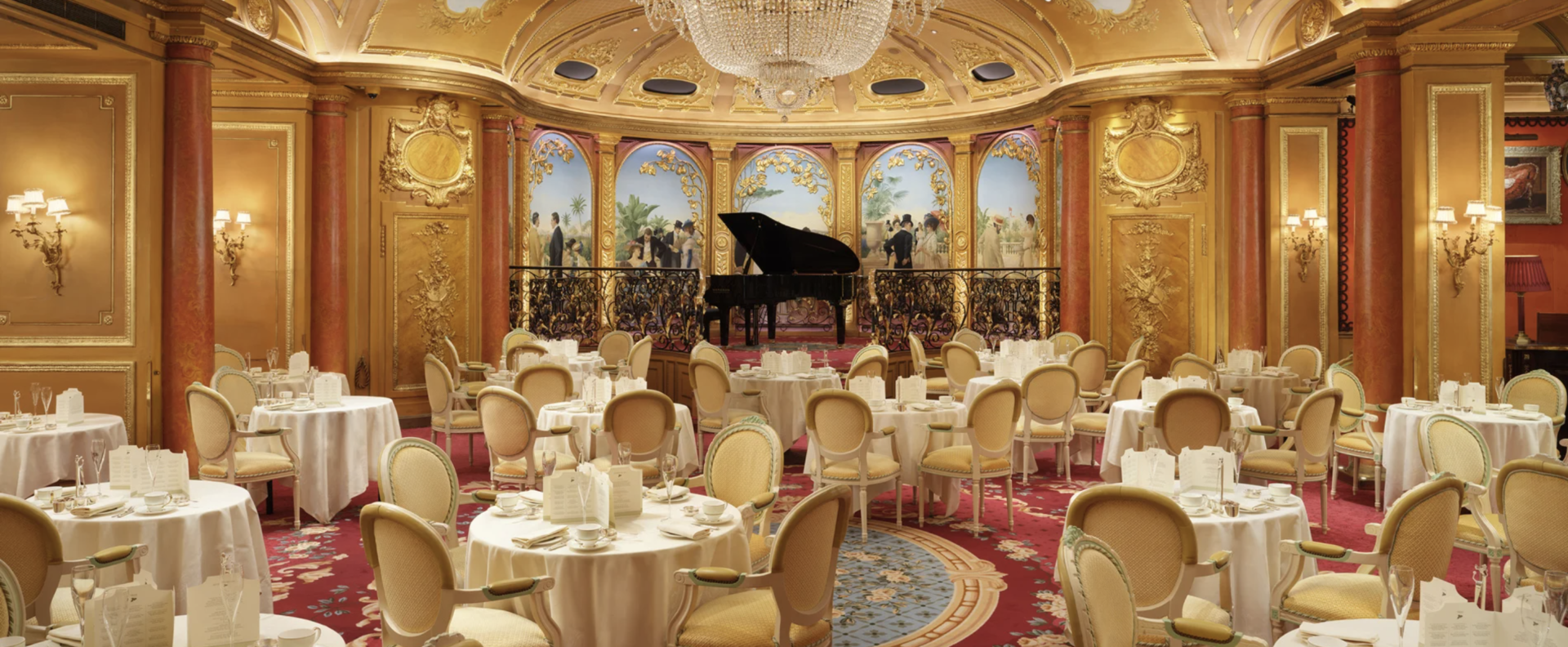
As for cutlery, Gillian Perry notes how fine china is a staple with Afternoon Tea. Special cutlery such as the china or utensils enhance the dining experience. Ms. Perry states, “Let’s face it, we don’t have a cup and saucer everyday so that makes it special”. But Afternoon Tea does not exactly have to be served on a solid gold plate. Rather, delicate, and high-quality china is what makes Afternoon Tea so memorable.
For those wishing to bring Ms. Perry’s lectures right into their own home, her new book, Please Pass the Scones, The Social History of English Afternoon Tea, is set to be released on National Tea Day, April 21st. Readers can expect to be guided along a journey filled with history, fun facts, and spectacular images. “It has a lot of interesting facts that you thought you knew but didn’t,” Perry excitedly exclaims. “It will make you salivate”. Whether one is looking to polish up their knowledge on Afternoon Tea, or dive into it simply because of their love of food, readers are sure to appreciate Ms. Perry’s extensive knowledge on the subject. Without revealing too much, she states “It’s very diverse and every single page is totally different so you will learn a lot of new stuff”. The book is available from Carnegie Publishing and can be sent to the United States here. Ms. Perry may also be contacted via her website for talks and more information at www.gillianp.com.
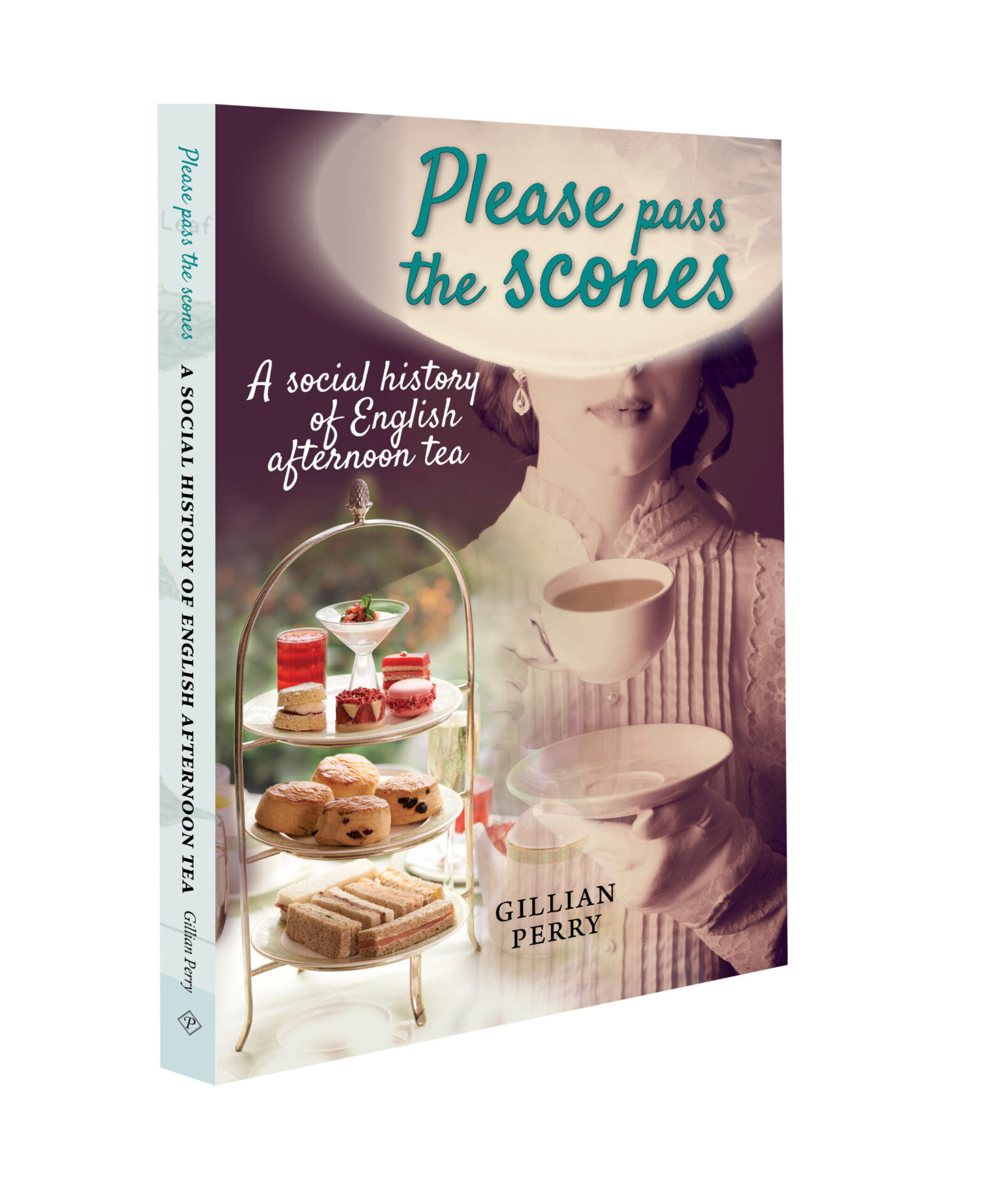
From etiquette and cutlery to the history of English Afternoon Tea, Gillian Walnes Perry exudes a tremendous amount of knowledge surrounding Afternoon Tea. Her lectures and books are the perfect segue for those looking to gain more information or contribute to their own passion for tea. Ms. Perry knows that Afternoon Tea has a “…feel good factor that warms the heart” and that is what Afternoon Tea is ultimately all about.
